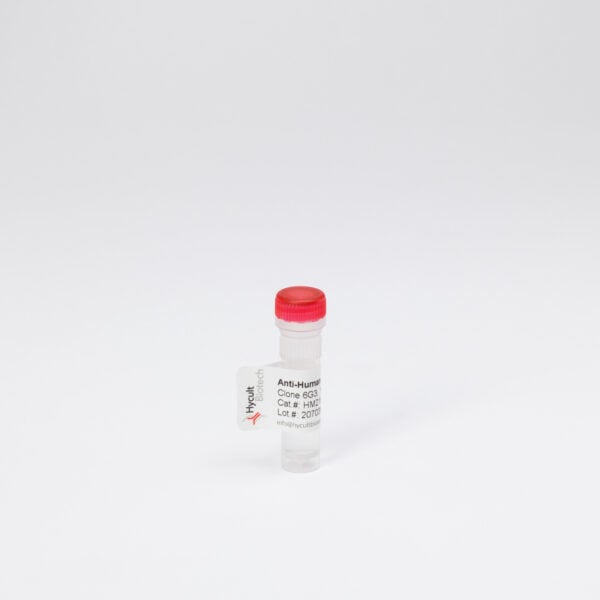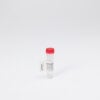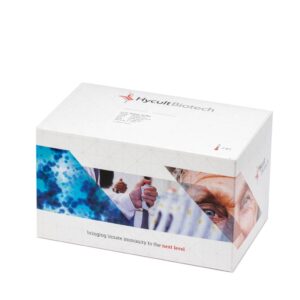C5b-9, Rat, mAb 2A1
The monoclonal antibody 2A1 recognizes rat C5b-9 (TCC) and competes with human C9 antibodies for the C5b-9 epitope. The antibody’s reactive epitope is situated on the C9 molecule.
Read more€133.00 – €1,245.00
Monoclonal antibody 2A1 for detection of rat C5b-9/TCC.
The monoclonal antibody 2A1 recognizes rat C5b-9 (TCC) and competes with human C9 antibodies for the C5b-9 epitope. Therefore, this implies that the reactive epitope is located on the C9 molecule.
In serum, five precursor molecules cooperate to assemble C5b-9 membrane attack complexes. First, C5 convertase cleaves C5, forming C5b, which then triggers C5b-9 complex formation. Subsequently, in the final step, C9 polymerizes, enabling the complex to insert into the cell membrane. Simultaneously, during C5b-8 formation and C9 polymerization, specific neoantigens emerge that are not present on native complex components.
To control this process, complement proteins such as CD59 and complement S-protein actively prevent C5b-9 from inserting into the cell membrane. Hence, the SC5b-9 complex remains cytolytically inactive and is unable to adhere to cells. Importantly, C5b-9 is crucial in chronic proteinuric renal disease by constantly driving tubulointerstitial damage. Therefore, reducing C5b-9 formation can significantly mitigate early tubulointerstitial injury in the remnant kidney.
To address this, the monoclonal antibody 2A1 was specifically developed against a rat C5b-9 neoantigen. Due to its specificity, this antibody serves as a reliable antibody for detecting C5b-9 in plasma and urine samples.
You may also find monoclonal antibody HM3034 clone 3G11, which recognizes rat C6, to be of interest.
IHC-P: Tissue sections fixed in formalin were pretreated with protease type XXIV for 10 minutes at 37⁰C before incubation (Ref.6).
IHC-F: Tissue sections were fixed in acetone for 10 minutes at room temperature before incubation (Ref. 3).
You may also like…
-
View product €133.00 – €510.00
-
View product €133.00 – €368.00
-
View product €741.00
You may be interested in…
-
TCC ELISA, human, kit
Cross reactivityCynomolgus monkey – Yes, Horse – No, Mouse – No, Pig – Yes, Rabbit – Yes, Rat – NoView product €756.00 – €1,223.00 -
View product €825.00 – €1,359.00
-
View product €133.00 – €368.00












